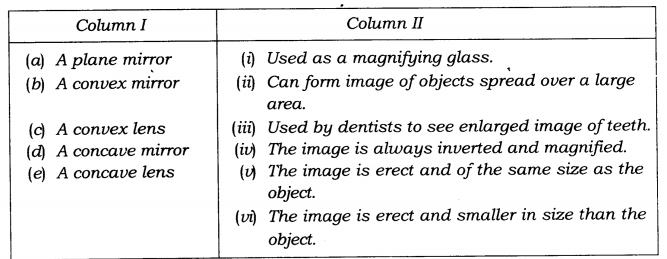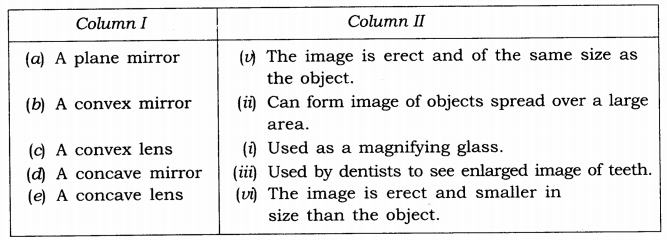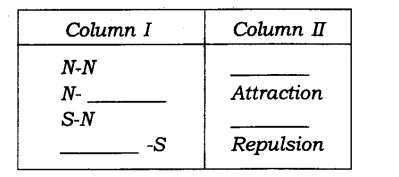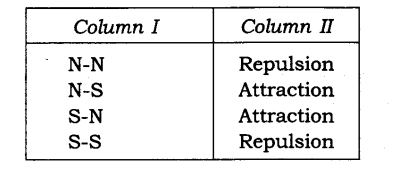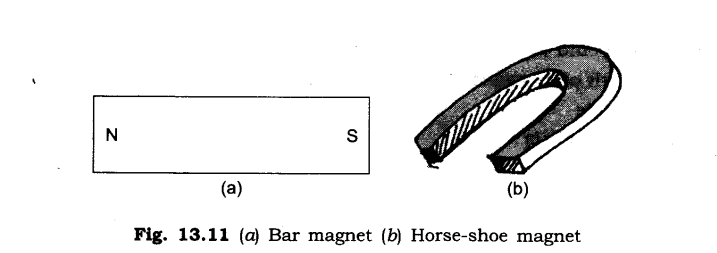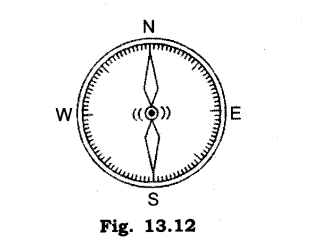EVENTS CONVENT HIGH SCHOOL
09/10/2021 CLASS-8 SESSION 2021-22
SUBJECT :SOCIAL SCIENCE(HISTORY)
chapter-5
WHEN PEOPLE REBEL
______________________________________
Question 1.Choose the correct option:
(i) The new law passed in 1850 made
(a) conversion into Christianity easier
(b) people of India Christians
(c) the life of the Indians difficult
(d) none of the above
(ii) The Revolt of 1857 began from:
(a) Lucknow
(b) Kanpur
(c) Awadh
(d) Meerut
(iii) Mangal Pandey, a young soldier, was hanged to death for
(a) killing an Englishman
(b) attacking his officers in Barrackpore
(c) telling lies
(d) attacking English factories
(iv) The Mughal emperor Bahadur Shah Zafar died in-
(a) the Rangoon jail
(b) the Royal palace
(c) the Mosque
(d) the Audience Hall
(v) The British regained control of the country in the year
(a) 1857
(b) 1858
(c) 1859
(d) 1860
Answer:
(i) (a), (ii) (d), (iii) (b), (iv) (a), (v) (c)
Question 2.Fill in the blanks with appropriate words to complete each sentence.
- In the countryside peasants and zamindars resented the …………. and the rigid methods of collection.
- The British passed laws to stop the practice of …………….. and to encourage the …………. of widows.
- The rebels rushed to Delhi from Meerut and proclaimed ……………. as their leader.
- Nana Saheb, the adopted son of the late Peshwa Baji Rao, gathered armed forces and expelled the ……………. from the city.
- ……………. fought a guerrilla war against the British with the support of several tribal and peasant leaders.
Answer:
- High taxes; revenue
- Sati, remarriage
- Bahadur Shah Zafar
- British Garrison
- Tantia Tope
Question 3.State whether each of the following statements is True or False.
- None of the Indians wanted to change existing social practices.
- In 1856, Governor-General Canning decided that Bahadur Shah Zafar would be the last Mughal king.
- The Indian sepoys were unhappy about their pay, allowances and conditions of service.
- The British could not repress the revolt and called the rebels for negotiations.
- After the Revolt of 1857, the Governor-General of India was given the title of Admiral-General.
Answer:
- False
- True
- True
- False
- False
Question 4.
Match the items given in Column A correctly with those given in Column B.
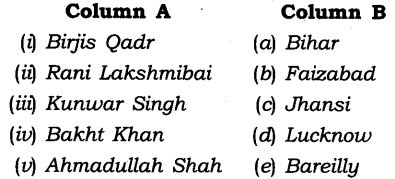
Answer:
(i) (d), (ii) (c), (iii) (a), (iv) (e) (v) (b).
Very Short Answer Type Questions
Question 1.What was the plea of Nana Saheb, the adopted son of Peshwa Baji Rao-II?
Answer:
Nana Saheb pleaded that he be given his father’s pension when the latter died.
Question 2.What was the first step taken by the Company towards ending the Mughal dynasty?
Answer:
The name of the Mughal king was removed from the coins minted by the Company.
Question 3.Why were the Indian sepoys unhappy with the British rule? Give any one reason.
Answer:
The Indian sepoys were underpaid.
Question 4.What rumour spread among the sepoys of the Meerut regiment about the new cartridges?
Answer:
The rumour spread that the new cartridges were coated with the fat of cows and pigs.
Question 5.What did the ageing Mughal emperor Bahadur Shah Zafar do after he was declared the leader of the rebels?
Answer:
He wrote letters to all the chiefs and rulers of the country to come forward and organise a confederacy of Indian states to fight the British.
Short Answer Type Questions
Question 1.Under what pretext did the Company take over Awadh?
Answer:
In 1801, a subsidiary alliance was imposed on Awadh, and in 1856, it was taken over. Governor-General Dalhousie declared that the territory was being misgoverned and British rule was needed to ensure proper administration.
Question 2.How did the Company plan to bring an end to the Mughal dynasty?
Answer:
- First of all the name of the Mughal king was removed from the coins minted by the Company.
- In 1849, Governor-General Dalhousie announced that after the death of Bahadur Shah Zafar, the family of the king would be shifted out of the Red Fort and given another place in Delhi to live in.
- In 1856, Governor-General “Canning decided that Bahadur Shah Zafar would be the last Mughal king and after his death his descendants would be known as princes.
Question 3.Why were the Indian sepoys in the employ of the Company discontented? Give sufficient reasons.
Answer:
Reasons for their discontentment:
- The Indian sepoys were given poor salaries and allowances.
- The conditions of service also made them unhappy.
- Some of the new rules even violated their religious sentiments and beliefs.
- Those were the days when many people in the country believed that if they crossed the sea they would lose their religion and caste.
- So when in 1824 the sepoys were told to go to Burma by the sea route to fight for the Company, they refused to follow this order.
- As a result they were given severe punishment. What is more, in 1856, the Company passed a new law which stated that every new person who took up employment in the Company’s army had to agree to serve overseas if required.
Question 4.What reforms did the British introduce in the Indian society? How did the people of India respond to them?
Answer:
The British introduced several reforms:
- They passed laws to stop the practice of sati and to encourage the remarriage of widows.
- They promoted English language education.
- In 1850, the Company passed a new law that made the conversion to Christianity easier.
Many Indians began to feel that the British were destroying their religion, their social customs and their traditional way of life. But at the same time there were other Indians who readily accepted the reforms introduced by the British. In fact, they wanted to change existing social practices.
Question 5.Why did the chiefs and rulers support the Mughal emperor Bahadur Shah Zafar in the revolt?
Answer:
The Mughal dynasty had ruled over a large part of the country. Most smaller rulers and chieftains controlled different territories on behalf of the Mughal ruler. Threatened by the expansion of British rule, many of them felt that if the Mughal emperor could rule again, they too would be able to rule their own territories once more, under the Mughal authority.
